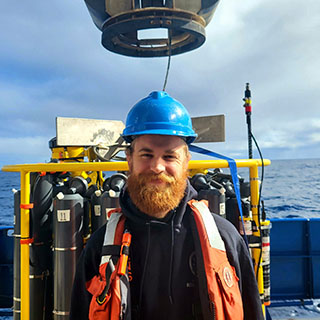Luna became a graduate student at the University of Miami/Rosenstiel School in the fall of 2016. She works at the Upper Ocean Dynamics Lab under Professor Nick Shay and she is studying the Loop Current variability and eddy separation dynamic through in situ data and modeling. Her fields of interest are large and mesoscale ocean dynamics, eddy formation, mixing processes, advective heat transport and their role in climate. Luna obtained her BSc in Oceanography from Federal University of Santa Catarina (UFSC, Florianopolis, Brazil) in 2010. In her undergraduate thesis, developed in collaboration with the European University Institute for the Sea (IUEM, Brest, France), she validated the ARMOR3D product in the South Atlantic through comparisons and statistical analysis with in-situ data (Argo and CCHDO) and two global ocean models (SODA and GLORYS2V3). After undergrad, Luna worked as a research technician for the Bermuda Atlantic Time-series Study at the Bermuda Institute of Ocean Sciences (BIOS). There she worked on the evaluation of an eddy resolving global model and estimated the advective heat flux from eddies at BATS.




